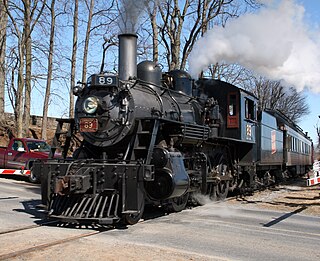
Under the Whyte notation for the classification of steam locomotives, 2-6-0 represents the wheel arrangement of two leading wheels on one axle, usually in a leading truck, six powered and coupled driving wheels on three axles and no trailing wheels. This arrangement is commonly called a Mogul.

Under the Whyte notation for the classification of steam locomotives, 0-6-0+0-6-0 represents the wheel arrangement of an articulated locomotive with two separate swivelling engine units, each unit with no leading wheels, six powered and coupled driving wheels on three axles and no trailing wheels. The arrangement is effectively two 0-6-0 locomotives operating back-to-back and was used on Garratt, Double Fairlie, Meyer and Kitson-Meyer articulated locomotives. A similar arrangement exists for Mallet steam locomotives on which only the front engine unit swivels, but these are referred to as 0-6-6-0.

The South African Railways Class 8Y 2-8-0 of 1903 was a steam locomotive from the pre-Union era in the Cape of Good Hope.

The South African Railways Class 8Z 2-8-0 of 1904 was a steam locomotive from the pre-Union era in the Cape of Good Hope.

The South African Railways Class 8D 4-8-0 of 1903 was a steam locomotive from the pre-Union era in the Cape of Good Hope.

The South African Railways Class 6H 4-6-0 of 1901 was a steam locomotive from the pre-Union era in the Cape of Good Hope.

The South African Railways Class 6J 4-6-0 of 1902 was a steam locomotive from the pre-Union era in the Cape of Good Hope.
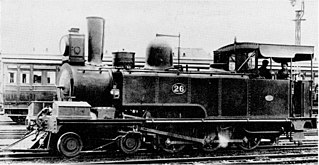
The South African Railways Class C 4-6-0T of 1879 was a steam locomotive from the pre-Union era in the Colony of Natal.

The South African Railways Class D 2-6-4T of 1898 was a steam locomotive from the pre-Union era in Transvaal.

The Cape Government Railways 2nd Class 2-6-2TT of 1875 was a South African steam locomotive from the pre-Union era in the Cape of Good Hope.

The Cape Government Railways 1st Class 4-4-0T of 1875 was a South African steam locomotive from the pre-Union era in the Cape of Good Hope.
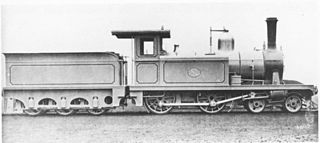
The Cape Government Railways 1st Class 4-4-0TT of 1881 was a South African steam locomotive from the pre-Union era in the Cape of Good Hope.

The Cape Government Railways 1st Class 4-4-0 of 1879 was a South African steam locomotive from the pre-Union era in the Cape of Good Hope.
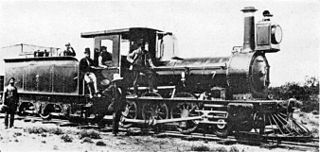
The Cape Government Railways 1st Class 2-6-0 of 1876 by Beyer, Peacock and Avonside was a South African steam locomotive from the pre-Union era in the Cape of Good Hope.

The Cape Government Railways 1st Class 2-6-0ST of 1876 was a South African steam locomotive from the pre-Union era in the Cape of Good Hope.
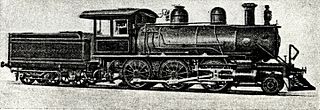
The Cape Government Railways 1st Class 2-6-0 of 1891 was a South African steam locomotive from the pre-Union era in the Cape of Good Hope.
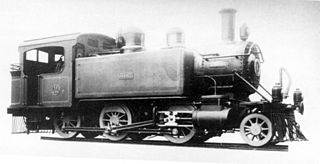
The Cape Government Railways 3rd Class 2-6-0T of 1900 was a South African steam locomotive from the pre-Union era in the Cape of Good Hope.
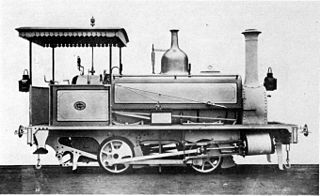
The Cape Government Railways 1st Class 0-4-0ST of 1876 was a South African steam locomotive from the pre-Union era in the Cape of Good Hope.

The Cape Government Railways 1st Class 2-6-0 of 1876 by Kitson was a South African steam locomotive from the pre-Union era in the Cape of Good Hope.

The South African type YE1 tender was a steam locomotive tender from the pre-Union era in the Cape of Good Hope.





















